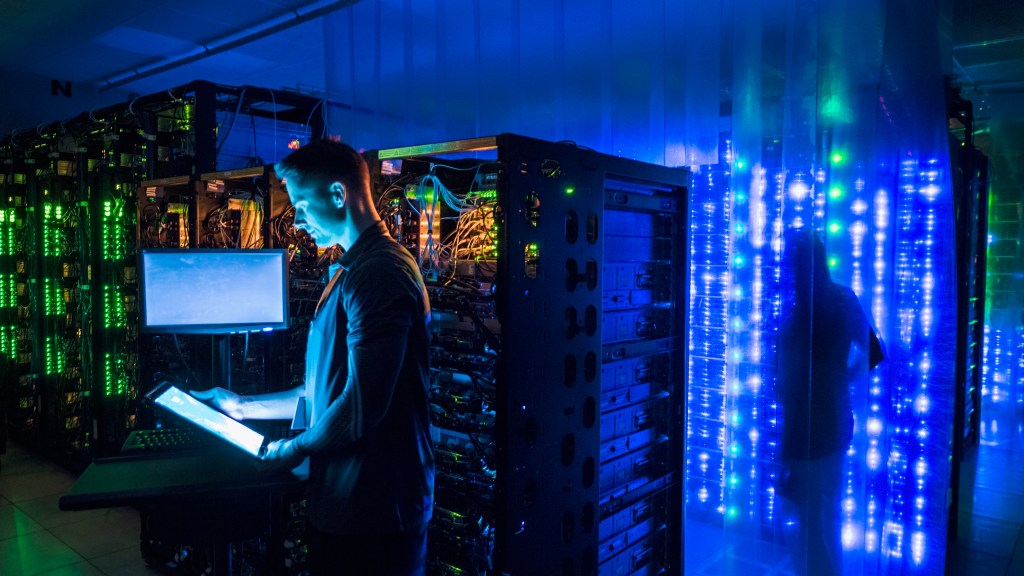Data Centre Electricity Demand Expected to Double by 2030 Due to AI
The International Energy Agency (IEA) has projected that global data centres will more than double their electricity consumption by 2030, primarily driven by the increasing demand for artificial intelligence technologies.
By 2030, it’s estimated that global data centres will consume approximately 945 terawatt-hours of electricity annually, which is nearly three times the UK’s total electricity demand of 317 terawatt-hours recorded in 2023.
Based in Paris, the IEA noted that data centres optimized for AI operations will be the leading contributor to this surge, with electricity needs predicted to increase more than fourfold by the end of the decade.
Despite this significant rise, data centres are expected to account for just 3% of the world’s total electricity use by 2030. Established in 1974 to promote energy cooperation, the IEA offers analysis and policy guidance across the energy sector, representing 32 member nations including the United States, the United Kingdom, France, Germany, and Japan.
As AI technology rapidly evolves, there are growing concerns regarding the environmental impact of the large data centres required to support it. For instance, executing a request on ChatGPT reportedly utilizes around ten times the energy of a standard Google search. To secure energy sources for data centres, major tech firms like Amazon, Google, and Microsoft are entering agreements with nuclear energy providers, although there are worries that fossil fuel plants may still be the primary energy source for data centres in many regions.
Nonetheless, the IEA has indicated that concerns about AI accelerating climate change may be exaggerated. While the power demands of data centres are acknowledged as one of the swiftly expanding sources of emissions—rising from 180 million tonnes currently to 300 million tonnes by 2035—this increase would still represent less than 1.5% of total emissions in the energy sector. These emissions increases could potentially be more than balanced out by efficiency gains elsewhere, attributed to the widespread utilization of AI technologies.
According to the IEA, “We estimate that emissions reductions from the broad application of existing AI-led solutions will be equivalent to about 5% of energy-related emissions by 2035.”
IEA Executive Director Fatih Birol remarked, “The emergence of AI positions the energy sector at the forefront of one of the most critical technological revolutions of our era. AI is an exceptionally powerful tool, but its impact depends on how it is utilized by our societies, governments, and corporations.”
The agency noted that air conditioning and electric vehicles will have a more substantial influence on global electricity demand growth than data centres; however, this scenario may differ significantly across various nations.
In advanced economies, which have experienced stagnant electricity demand for several decades, data centres are projected to contribute over 20% to demand growth by 2030, serving as a critical reminder of the need to rejuvenate the electricity sector.
The IEA also cautioned that electricity grids are already facing strains in numerous locations, which could hinder the development of new data centres. It suggested that these challenges can be alleviated by strategically situating new data centres in regions with abundant power resources and enhancing the flexible operation of servers and onsite power generation systems.
In the UK, firms like Octopus Energy have been advocating for zonal electricity pricing to promote the establishment of data centres in areas with substantial wind energy availability, such as northern Scotland.




Post Comment